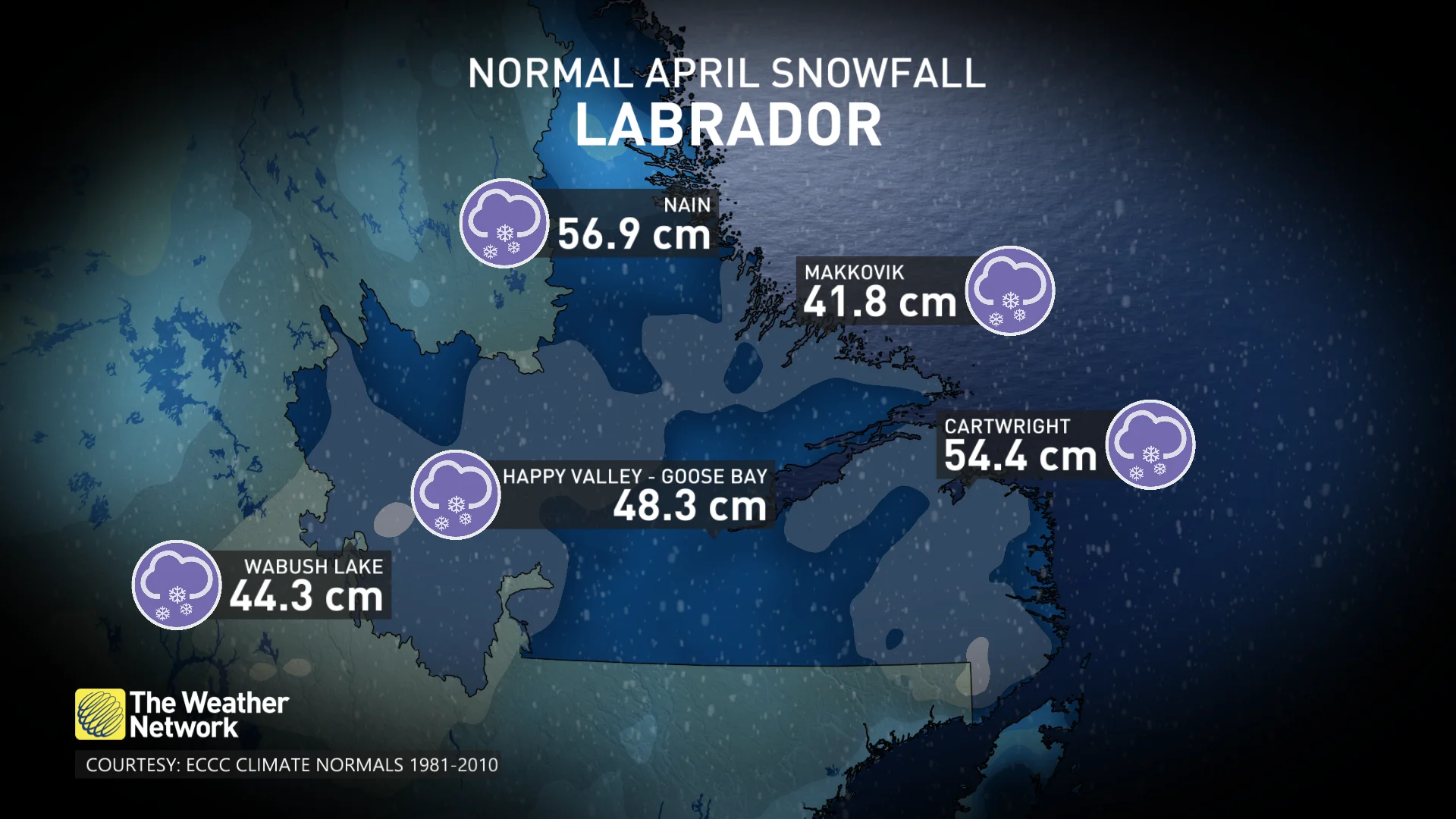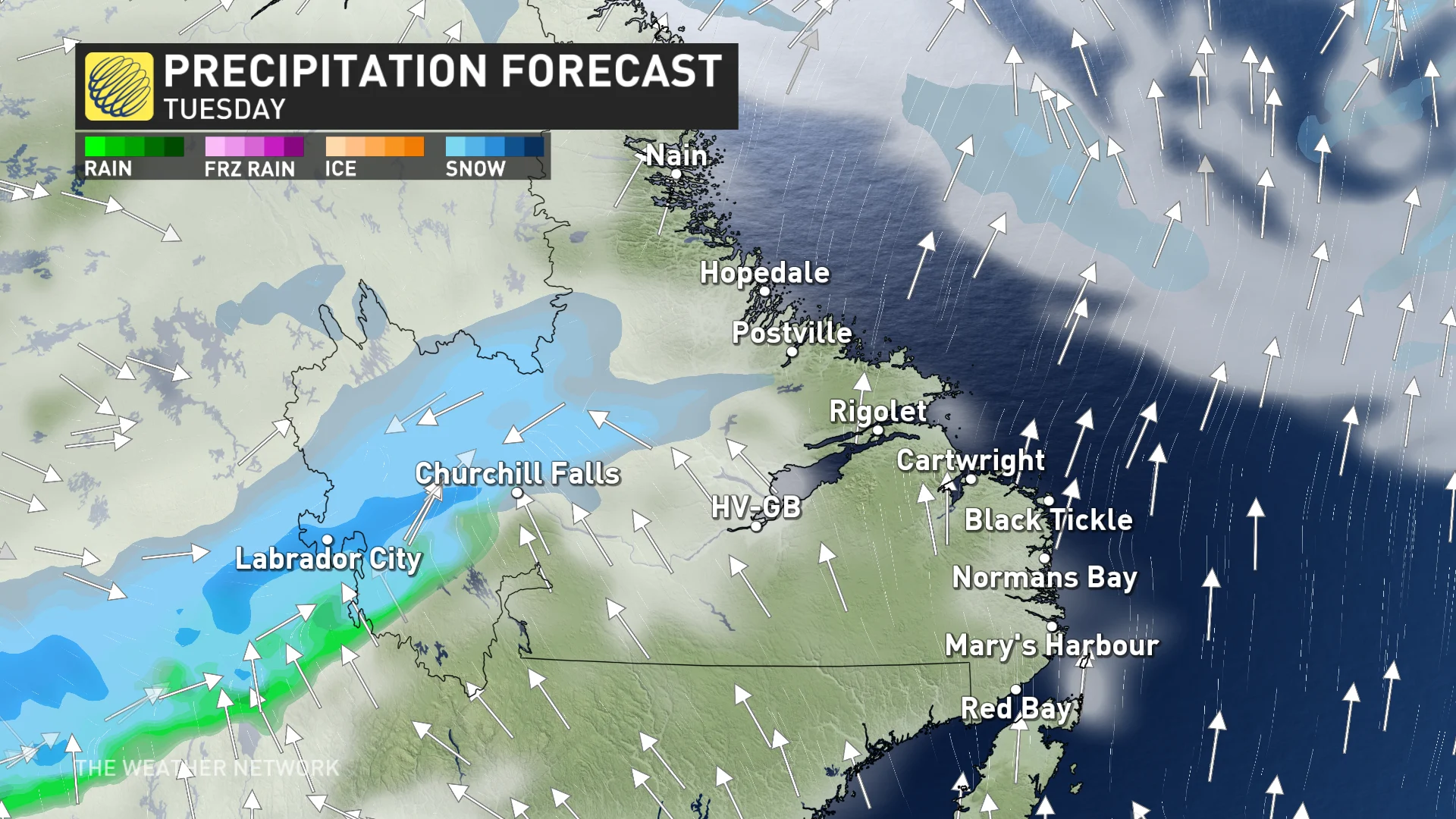News
Law barring use of extreme intoxication as criminal defence unconstitutional: SCOC

|
|
OTTAWA — Canada’s highest court has ruled that the law barring the use of automatism, or a state of extreme intoxication, as a defence for some crimes is unconstitutional and called on Parliament to consider new legislation.
The Supreme Court of Canada ruled on three cases Friday that examined whether people who commit certain violent crimes can use the defence of automatism — a state of extreme intoxication to the point where they lose control of themselves.
Justice Nicholas Kasirer, who wrote the unanimous decision, said the section of the Criminal Code that bars the use of this defence for certain acts is unconstitutional.
The use of the Criminal Code section violates the Charter because a person’s decision to become intoxicated does not mean they intended to commit a violent offence, said Kasirer.
The section also violates the Charter because an accused could be convicted without the prosecution having to prove the person was willing or meant to commit the act.
The court also said that Parliament may want to enact a new law to hold extremely intoxicated people accountable for violent crimes, to protect vulnerable victims, particularly women and children.
The federal government enacted the existing law in 1995 amid a backlash over a court ruling that recognized drunkenness could be raised as a defence against a sexual assault charge.
Justice Minister David Lametti said in a statement Friday that the government is carefully reviewing the top court’s decision to assess its effect on victims as well as the criminal law.
Lametti noted that the decision does not apply to the “vast majority” of cases involving someone who commits a crime while intoxicated.
One of the cases considered by the court was that of a Calgary man who consumed alcohol and magic mushrooms and then violently attacked a woman while in a state of extreme intoxication.
The court restored the acquittal of Matthew Brown, who was convicted for breaking into a professor’s house and assaulting her with a broom handle while he was naked and high on magic mushrooms.
Kasirer said Brown was not merely drunk or high, but “was in a psychotic state and had no willed control over his actions.”
The court’s other decision dealt with two Ontario cases, for Thomas Chan and David Sullivan.
The men had either killed or injured close relatives. Both were high on drugs — one had eaten magic mushrooms, while the other had tried to kill himself with an overdose of a prescription stop-smoking medication.
Applying the decision in Brown’s case, the court acquitted Sullivan because he proved he was intoxicated “to the point of automatism,” noting the trial judge found he was acting involuntarily.
The top court ordered a new trial for Chan because he was entitled to raise the defence of automatism but no finding of fact had been made in the original trial.
The ruling is not an invitation for people to get drunk or intoxicated and commit crimes, said Daniel Brown, vice president of the Criminal Lawyers’ Association. He said it won’t significantly alter the landscape of Canadian criminal law.
“This is such an exceedingly rare type of defence,” said Brown, adding the concern about floodgates opening to a rise in people being acquitted who should have otherwise been convicted is “simply not going to happen.”
What it will do in very few circumstances is ensure that somebody who’s legally innocent is not wrongfully convicted, said Brown.
“We only punish people who have been aware of some risk, and just disregarded that risk. What we don’t do is we don’t convict people who, at all, had no control over their body,” he said.
Women’s groups had previously expressed concerns about the defences raised by the men, arguing that they could impact justice for victims of sexual assault and other gender-based violence.
Kat Owens, project director at the Women’s Legal Education and Action Fund, said it was important that the court on Friday clarified the difference between drunkenness and extreme intoxication.
By setting a high bar for extreme intoxication, it also sets a high bar for avoiding criminal responsibility, Owens said.
In Brown’s ruling, the court said that drunkenness is never a defence for certain crimes, including manslaughter, assault and sexual assault, a clarification Owens said was valuable “given the many ways in which we see the criminal justice system fails survivors of sexual violence.”
Kerri Anne Froc, chair of the National Association of Women and the Law’s steering committee, said some elements of the decision are cause for concern.
While a high standard of evidence exists to be able to show an accused was in a state of automatism and use it as a defence, Froc notes the decision does not foreclose the possibility of finding extreme intoxication through the use of one intoxicant.
“Alcohol is an intoxicant, right?”
There is a particular gap in the criminal justice system now that needs to be rectified, for survivors of these acts, typically women, Froc said.
“The accused obviously has a huge stake in the fairness of a trial because their liberty is at stake, but women also have a stake,” she said, citing women’s Charter rights to security of the person and their own personal liberty.
“I would look at it as what is fair considering that men and women have equal rights.”
Parliament is being directed to find a way to create an offence related to extreme intoxication that holds people accountable and does not diminish the stigma for committing offences like sexual assault or assault, Froc said.
“They’re saying, ‘Go back to the drawing board and figure out something that both protects women and children and still reflects the gravity of the underlying harm.’”
This report by The Canadian Press was first published May 13, 2022.
———
This story was produced with the financial assistance of the Meta and Canadian Press News Fellowship.
Erika Ibrahim, The Canadian Press
News
Body believed to be missing B.C. kayaker found in U.S., RCMP say – CBC.ca


The RCMP say a body that was recovered by authorities in Washington state is believed to be one of two kayakers reported missing off Vancouver Island on Saturday.
Const. Alex Bérubé said the identity of the body found on San Juan Island, just south of the border, is still to be confirmed by the coroner.
A search has been underway in the waters off Sidney, B.C., about 25 kilometres north of Victoria, since the two kayakers were reported missing.
RCMP previously said Daniel MacAlpine, 36, and Nicolas West, 26, went missing while kayaking from D’Arcy Island to View Beach on Saturday afternoon. They were in a teal blue, fibreglass, two-person kayak.
Police said members of the Central Saanich Police Department and Peninsula Emergency Measures Organization search and rescue were involved in the search, and the Joint Rescue Co-ordination Centre and Canadian Coast Guard were also assisting.
News
Some Canadians will be digging out of 25+ cm of snow by Friday – The Weather Network
Digital WritersThe Weather Network


Prepare for multiple rounds of April snowfall this week, as Labrador braces for wintry conditions. This onslaught of snow is expected to blanket the region, potentially leading to hazardous travel conditions and disruptions throughout the week
As we march even deeper into the heart of the spring season, many parts of Canada are finding it tough to find any consistent signs of warming weather. Add to the mix periods of snow and wintry precipitation, and it’s safe to say the winter season is certainly not going out without a strong fight.
This week, parts of the East Coast will bear the brunt of the winter weather, with multiple rounds of April snowfall stacking up in Labrador. The chances for snow flurries will stick around all week long, bringing as much as 25 cm for some.
MUST SEE: Extreme pattern over Arctic produces 50+ degree temperature spread
Although 25+ cm of snow in April may seem extreme, for this part of the country, it’s definitely nothing out of the ordinary. In fact, the month as a whole brings about 40-50 cm of snow to Labrador on average.


Some communities, including Nain, even have snowfall chances stretch all the way into June!
“This week will be a little bit different however, as some regions could reach about half of Labrador’s monthly averages alone,” says Rachel Modestino, a meteorologist at The Weather Network. “The first round on Tuesday will pack quite the punch, with heavy snow and gusty winds stretching from Labrador city to the coast.”


Winds will be gusting between 70-90 km/h at times, and travel conditions will likely deteriorate quickly due to potential whiteouts and reduced visibility.
News
Fire at building under construction in north-end Halifax quickly extinguished – CBC.ca
Witnesses described hearing a loud blast and seeing large plumes of black smoke on Tuesday morning as a building under construction in Halifax’s north end caught fire.
A message on Halifax’s alert system said the fire was at a building in the area of Robie and St Albans streets. About an hour later, the municipality said the fire was out.


The alert warned people who live on the peninsula to close their windows due to smoke from the fire possibly being toxic.
“Residents and businesses near the fire should still keep windows closed and air exchangers turned off until air quality conditions improve in the coming hours as a precaution,” the municipality said on X, formerly known as Twitter.
Halifax Regional Police were asking people to avoid the area during what is normally a time of heavy morning traffic.


James Shaw lives nearby. He said he heard a blast around 8:20 a.m. local time.
“It shook the whole house,” Shaw said in an interview at the scene. “So I came outside … and saw this incredible building here on fire. Big black smoke. Lots of sparks and stuff going.”


Mike Clark was working on the building adjacent to the one that caught fire. He said he was on the 30th floor when the roof of the other building caught fire and propane tanks blew up.
He said construction crews were then evacuated from the building.
“The elevator was shut down and everyone went down the stairs and out the door,” he said. “Everybody on each floor has a horn to check if anybody was left in the building. Sounded the horn and walked down. It was very organized.”


-
Business23 hours ago
Honda to build electric vehicles and battery plant in Ontario, sources say – Global News
-



 Health21 hours ago
Health21 hours agoSee how chicken farmers are trying to stop the spread of bird flu – Fox 46 Charlotte
-



 Health24 hours ago
Health24 hours agoSimcoe-Muskoka health unit urges residents to get immunized
-



 Investment22 hours ago
Investment22 hours agoOwn a cottage or investment property? Here's how to navigate the new capital gains tax changes – The Globe and Mail
-



 Science19 hours ago
Science19 hours agoOsoyoos commuters invited to celebrate Earth Day with the Leg Day challenge – Oliver/Osoyoos News – Castanet.net
-
News19 hours ago
Freeland defends budget measures, as premiers push back on federal involvement – CBC News
-
News23 hours ago
‘A real letdown’: Disabled B.C. man reacts to federal disability benefit – Global News
-



 Politics19 hours ago
Politics19 hours agoHaberman on why David Pecker testifying is ‘fundamentally different’ – CNN













